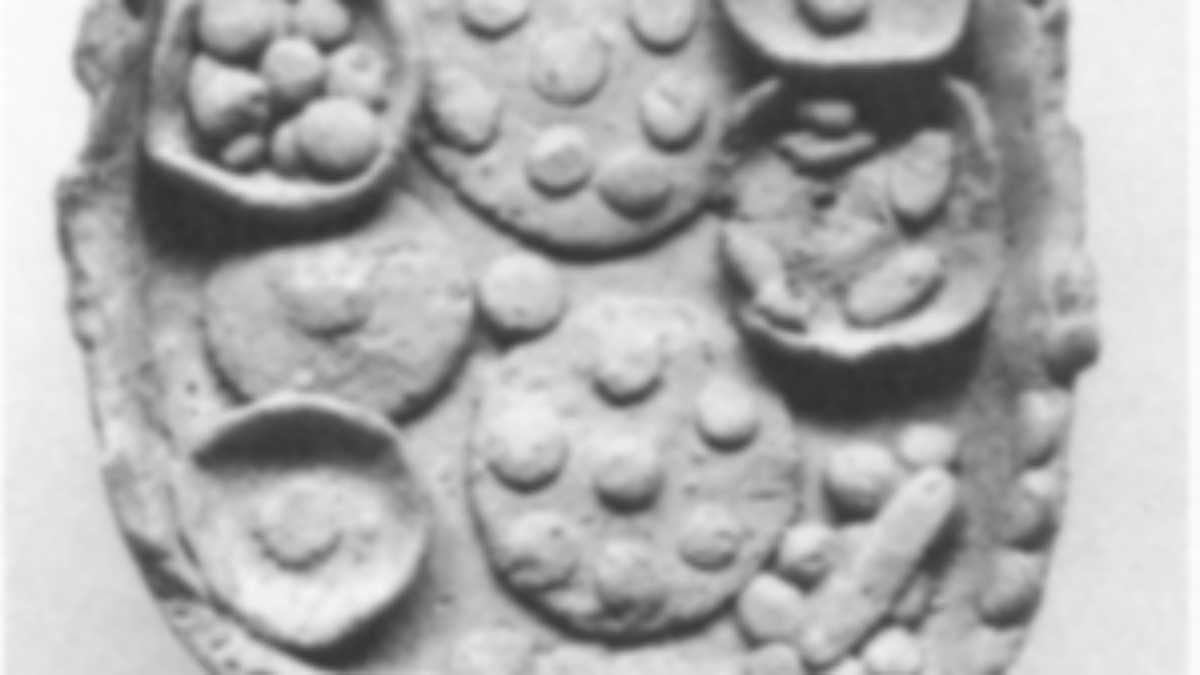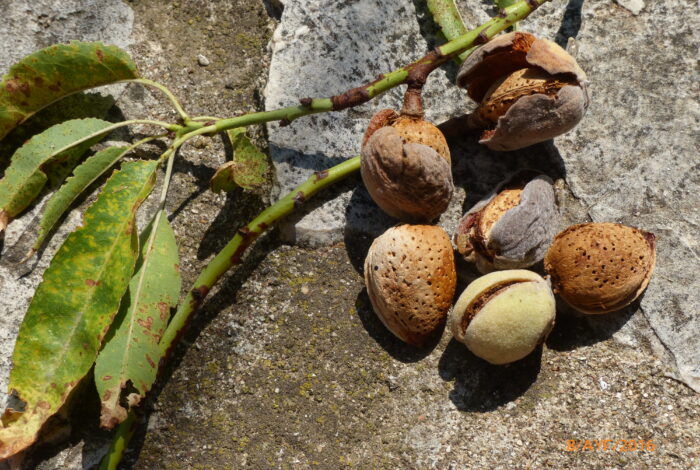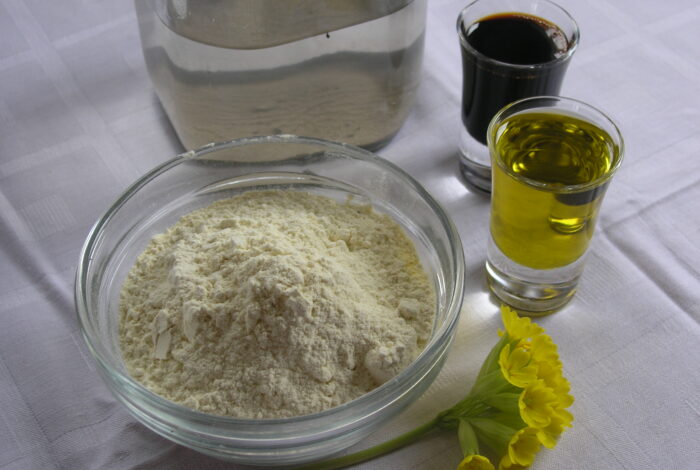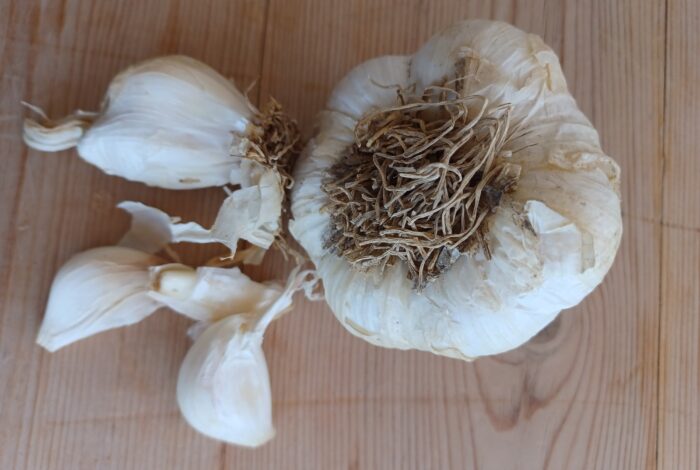Soultana-Maria Valamoti, Professor, AUTh
The word artos (bread) appears as early as Homer’s Odyssey, in which Telemachus, son of Odysseus, is mentioned taking a whole loaf of bread. The ancient Greeks had a stunning variety of breads that would be the envy of many a modern-day artisanal bakery. Ancient breads were made with grain and barley, which would be cleaned and ground, often accompanied by song, as described by Athenaeus in his Deipnosophistae. What we know in the modern day as whole-grain bread, Galen calls syncomistos. As shown in the ancient texts, the ancient Greeks made the dough for their bread via various cooking methods and produced loaves in numerous shapes and sizes, such as pyramids, round loaves reminiscent of mallow seeds, and circular, bagel-shaped loaves. The somewhat obscure krivanitis artos, meaning oven-cooked bread, must have been in the latter shape with a hole in the middle, as a passage from Aristophanes’ Plutus notes these breads strung on a rope like a garland. Ancient writers like Hippocrates mention various types of flour used to make bread: with or without bran, finely ground or course-ground, purely of one type or a mixture of various grains and legumes, leavened or unleavened, etc. Xenophon mentions leavened bread, which he calls zymitis artos. Hippocrates notes various methods of baking bread, for example egkryfia, which was baked in hot ashes. There was variety not only in the shapes of breads, but also in special pastries, usually sweet, made for special occasions, mainly religious festivals — such as the pyramous, a pyramid-shaped cake made of wheat flour and honey, mentioned by Ephippus (Image 1, models of breads).
The origins of bread in Greece are obscure, dating to the prehistoric period. Starting in the 7th millennium BC, the first farmers began to appear in Europe, establishing settlements in Macedonia, Thrace, Thessaly, the Peloponnese and Crete. While archaeological research has yet to find prehistoric breads themselves, it is nevertheless known as early as the 7th millennium BC the inhabitants of Greece cultivated a wide variety of grains, such as einkorn, emmer and Timopheevi wheat, bare wheat (common and/or durum) and barley. Neolithic cereals continued to be cultivated in Greece into the Bronze Age and Antiquity. Spelt made its appearance in the middle of the 4th millennium BC and millet in the 2nd millennium. These grains were all cultivated, stored and ground into flour – a laborious process done with hand-powered millstones.
Today, the variety of breads found in urban centres is relatively limited or includes ingredients that did not exist in antiquity. However, the basis of bread remains wheat and, less frequently, barley. Ingredients used in modern breads, such as rye and oats, did not see widespread use in breads during antiquity. Ancient Greek literature abounds with information on bread products, a tradition that lives on into modern times in traditional recipes and local cuisines.
Bibliography
Brumfield, A. (1997). Cakes in the Liknon: Votives from the Sanctuary of Demeter and Kore on Acrocorinth. Hesperia: The Journal of the American School of Classical Studies at Athens, 66(1), 147-172.
Psilakis and Psilaki 2001, The bread of the Greeks (in Greek), Karmanor publications,
Valamoti 2023, Plant Foods of Greece: A Culinary Journey to the Neolithic and the Bronze Ages. University of Alabama Press, Tuscaloosa.
Valamoti, SM, Fyntikoglou, V., Symponis, K. 2022. Food Crops in Ancient Greek Cuisine. University Studio Press, Thessaloniki
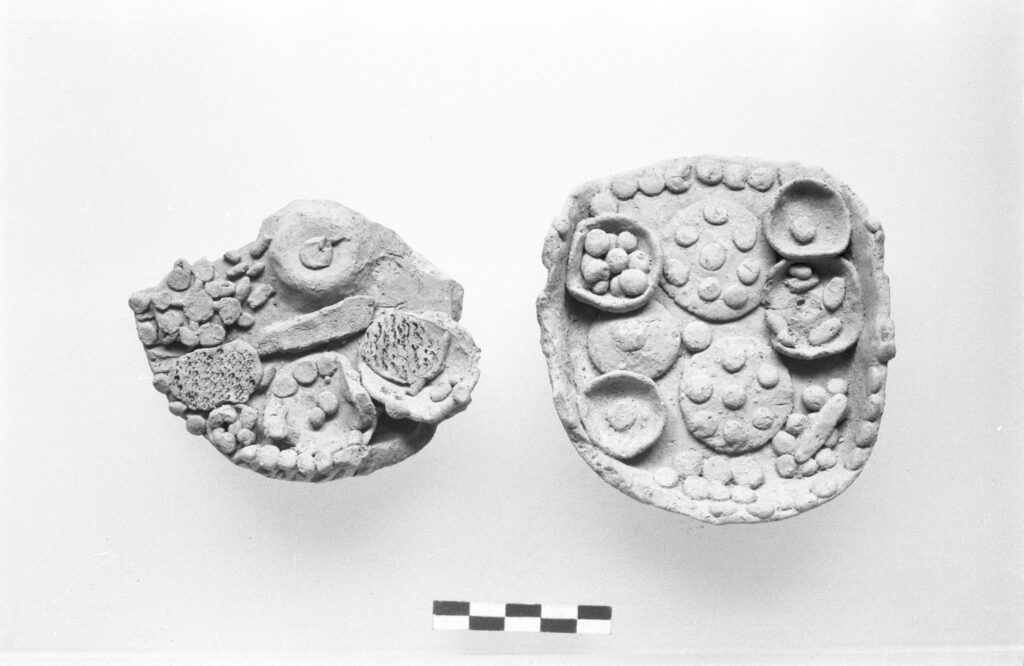
Image
1. Model breads in a basket, a votive offering to Demeter and Kore at their sanctuary in Corinth (source: Brumfield 1997-generously granted by the American School of Classical Studies at Athens, Corinth Excavations)







